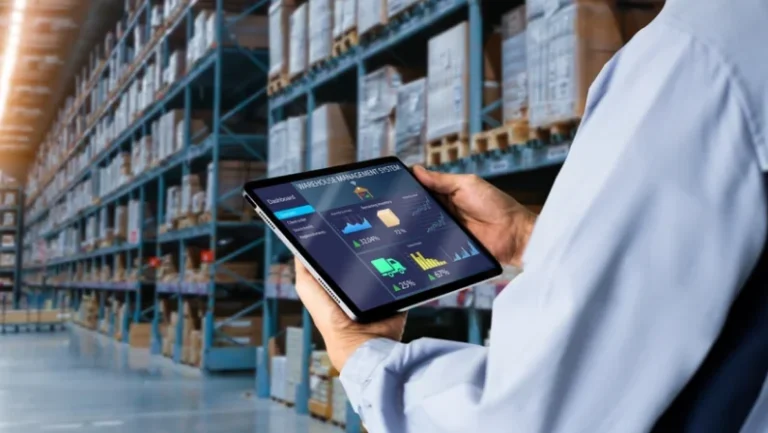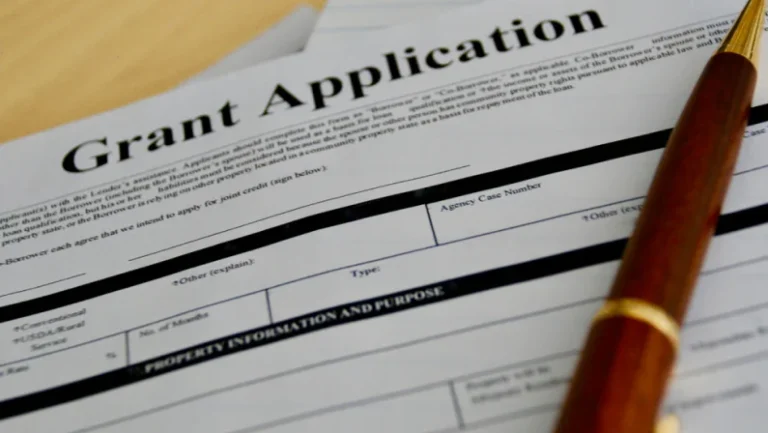Kori Ann Edwards joined LSI in 1999 as comptroller and corporate administrator and scaled the corporate ladder to become the company’s senior vice president and chief operating officer from 2006-2010. Today, she holds the position of Managing Director, Operations at Utah Governor’s Office of Economic Opportunity. We recently caught up with Kori Ann to learn more about her first-hand experiences assisting in the growth of LSI and as a key member of LSI’s leadership team.
1) You were a part of the LSI team for approximately 21 years and an essential part of the company’s growth and ongoing success. Describe those early days in your career after you were hired in 1999 and the company’s goals.
When I joined LSI on March 1, 1999, Sean Slatter, the current President and CEO, had taken over the company from Jerry Slatter, the original founder and Sean’s grandfather. With less than 30 employees and consultants, we enjoyed a small business environment and a family atmosphere. I started as a comptroller and corporate administrator and managed the office and finances as the company matured. Our primary focus was supporting large defense companies with proposal strategies and development.
Under Sean’s leadership, LSI grew approximately 400% in five years. He was young, energetic, and ready to take the company to the next level. During that time, we won the California Department of Forestry and Fire Protection (CAL FIRE) contract, which was pivotal to LSI’s growth. We also acquired several companies including AST, Howe & Associates, and Eagle Aerospace.
This growth brought a new client base to LSI and expanded our employee and consultant expertise across the United States. We expanded our office in Layton, UT, opened a full-time office in Oklahoma, and restructured our employee benefits package.
When I accepted the LSI position, I never imagined I would stay for the next 20 years, scale the corporate career ladder, and ultimately assume the position as the company’s senior vice president and chief operating officer.
2) What was the first challenging project you worked on during that time?
My first big project with LSI was the CAL FIRE bid and proposal in 2000. At that time, our corporate strategy sessions focused on our desire to diversify the client base and the CAL FIRE project fulfilled that strategic direction. The contract called for personnel and aviation part logistical services to operate and maintain California’s fleet of firefighting aviation.
The entire company worked as one to build the proposal. We would take turns watching each other’s children so that employees could work on the proposal days, nights, and weekends.
Jerry came out of retirement to help with the proposal, and I remember Jerry and Sean sitting at what is now Sean’s desk writing the proposal together. It was a stressful time but also a rewarding team-building experience. We pursued it and won.
Winning that contract put LSI on a whole new path as a company. In addition to constructing and executing the program, we needed to restructure the company’s entire employee benefits plan to accommodate a California team. It was quite a task and truly transformational.
I’m so proud that LSI has maintained the CAL FIRE contract for more than 20 years. It was a primary strategic goal in growing LSI and catapulted it to where the company is today.
3) You had the opportunity to observe the growth and maturation of LSI as a new generation of leadership took the helm in 1992. From this broad perspective, how would you define LSI’s value proposition and the key elements of its success?
LSI hired the best and treated them like family. People came first. LSI leadership established loyalty by creating a desire in the employee to be the best. The employee wanted to give the best service to the client because the company was giving that to them.
If there is an LSI secret sauce for success, I’d say it’s the family culture that was created amongst us.
As importantly, innovation has always been valued and encouraged at LSI. We started as a small fish in a big pond, and we were always encouraged and supported to pursue new ideas. We knew that even if the pursuit didn’t prevail, there was something to be learned from the effort.
To Sean’s credit, he continually strived to diversify LSI’s portfolio and services and inspired the team.
4) Of all the leadership roles in which you served during your tenure at LSI, which role did you enjoy the most?
The role I found most fulfilling, and most fun, was as the Vice President of Economic Development. From 2006-2010, I assisted in the creation of LSI’s economic development business unit when LSI pivoted its consulting work from supporting large defense companies to working with small and medium sized businesses.
We created the business unit from the ground up. I oversaw all activities within the unit and its directive to assist companies and state agencies in obtaining revenues and funding with industry, federal, state, and local entities.
LSI’s economic development programs are designed to accelerate economic development and workforce alignment for small, medium, and large businesses. These programs augment and supplement assistance programs at state and regional levels.
In my role, I provided direct development, leadership and oversight to our internal team and external public-private partnerships. The programs resulted in job creation and economic growth for our state and local communities while providing a rapid and attractive return on investment.
In her new role as Managing Director, Operations, Utah Governor’s Office of Economic Opportunity, Kori Ann (far left) participates in a bill signing event with Utah Lt. Gov Deidre Henderson (left at table) and Gov. Spencer Cox (right at table)
In 2006, we started working with the State of Utah and the Governor’s Office of Economic Development (GOED) to provide assistance to Utahs small and medium sized companies to compete in the government marketplace and diversify their revenue base. The program helped Utah businesses secure $4 billion in revenue to help increase Utah’s tax base and jobs (that number is even greater today).
Serving as engagement lead for the Utah Advanced Materials & Manufacturing Initiative (UAMMI) starting in 2015 and continuing today was also meaningful. The initiative brings together public, private, community, industry, and education partners to assure growth and sustainability of Utah’s advanced material and manufacturing industry.
Throughout my 20 years, I focused on ensuring we had a strong team and delivered exceptional service. An employee once said, “Sean is the WOW, and you are the HOW.” Sean would generate innovative ideas and I would help bring them to life. It was a good partnership.
5) LSI is now working with businesses that are traditionally underrepresented and populations that are underemployed in the workforce. How did the company transition from an international consulting firm to projects with social impact?
Creating and developing LSI’s economic development business unit eventually led to the creation of social impact services.
LSI’s social impact services deliver innovative business solutions that bridge the gap between economic development and human services. One-on-one mentoring and integration services are provided to targeted populations such as veterans, the disabled and unemployed, and participants are matched with employers.
The program has been incredibly successful because LSI’s implementation of an immediate workforce strategy has long-term economic benefits in a community. Through a work-learning process and engaging employers early on, participants who are part of the underserved population, move to economic stability and on to economic mobility. This is a powerful strategy because it addresses the growing skills gap and workforce needs of our society.
LSI created an incredible team that developed and created these social impact services.
6) How has LSI made a difference in Utah’s economy?
LSI has been a significant catalyst for small business growth in Utah. The hundreds of programs in which the company has demonstrated leadership and strategic support has kept talent in the state, created jobs, increased our tax revenue base and advanced economic growth.
When Sean recognized that small and medium-sized businesses would benefit from our services and created economic development platforms to provide these critical services. The business unit evolved from that, and the result is that small businesses used LSI support services, won contracts, and flourished. Tens of thousands of jobs were either newly created or retained by Utah companies.
7) When you have time away from your official responsibilities, what fun and leisure activities do you enjoy?
Any free time I have is time I love to spend with my family. My children are all adults now and getting together with them is my number one enjoyment. I also enjoy travelling, fishing, hiking and the outdoors, and we also raise rodeo bulls and love to go to rodeos.





